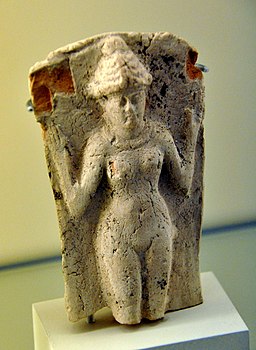| Monday - Thursday | 7:45 a.m. - 9:00 p.m. | |
| Friday | 7:45 a.m. - 8:00 p.m. | |
| Saturday | 10:00 a.m. - 4:30 p.m. |
|
| Sunday | Closed | |
WST 110: Innana/Inanna/Ishtar
Articles & Related Information
-
InannaEncyclopedia of Religion
-
Was Dust Their Food and Clay Their Bread? Grave Goods, the Mesopotamian Afterlife, And the Liminal Role of Inana/IshtarJournal of Ancient Near Eastern Religions

